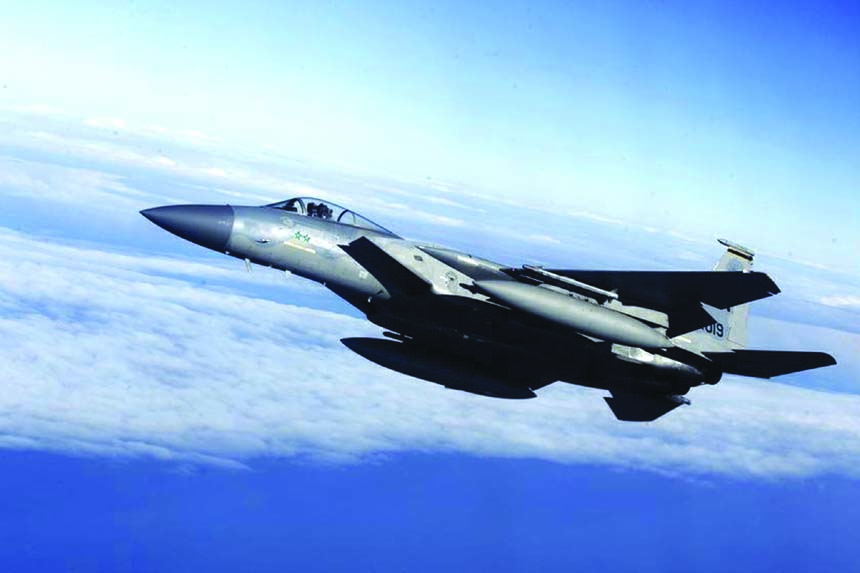
AFP, Kabul :
American warplanes dropped more bombs on Afghanistan in 2019 than at any other time in at least a decade, according to the US Air Force, as Washington intensified attacks in the country amid withdrawal talks with the Taliban.
In 2019 alone, the US dropped 7,423 separate munitions on targets in Afghanistan, where the US has been enmeshed in fighting several militant groups since it invaded the country following the September 11, 2001 attacks.
The figure – published online by US Air Forces Central Command -represents a dramatic surge in bombings in Afghanistan compared to the peak of President Barack Obama’s “surge” in 2009, when 4,147 bombs were dropped.
Since President Donald Trump was elected in 2016 the US has ramped up bombing runs over Afghanistan as the White House removed earlier restrictions that provided greater oversight over air raids aimed at preventing civilian casualties.
The UN and rights groups have repeatedly voiced concerns that the increase in air strikes across the country by US and Afghan forces have resulted in a major upswing in civilian casualties.
During the first half of 2019 pro-government forces, including the US, killed 717 civilians, an increase of 31 percent from a year earlier, the UN reported last year.
Most of the deaths came from US and Afghan air strikes, often in support of national forces on the ground, the report said.
The increase in bombings comes as Washington and the Taliban continue to wrangle over a possible agreement that would see US troops begin to leave Afghanistan in return for security guarantees.
The Taliban have been pushing to reach a withdrawal agreement with Washington by the end of January and are prepared to “scale down” military operations ahead of signing a deal, their chief spokesman said earlier this month.
The two sides had been negotiating an agreement for a year and were close to an announcement in September 2019 when US President Donald Trump abruptly declared the process “dead”, citing Taliban violence.
Taliban sources told AFP earlier this month they had offered to initiate a brief ceasefire of seven to 10 days in order to restart the talks formally, but there has been no announcement of the proposal by either party. Even as talks between the U.S. and the Taliban have wavered this year, aircraft have kept busy. According to the data, the number of sorties flown by manned aircraft that included at least one weapons release have nearly quadrupled from last year — 500 in 2018 compared to 1,838 so far this year.
“We did step up our attacks on the Taliban since the talks broke down,” Defense Secretary Mark Esper told reporters during a recent trip to Wright-Patterson Air Force Base, Ohio. “We did pick up the pace considerably.
“The president did want us to pick up in response to those heinous attacks that the Taliban and others conducted throughout Afghanistan,” he said Oct. 5, adding that the uptick includes “both air and ground” assets.
Meanwhile, targeted strikes on Islamic State militants in Iraq and Syria have dwindled.
U.S. military aircraft dropped 137 total munitions on ISIS targets last month, according to the data. By comparison, aircraft released 758 weapons for the same month last year, and 3,550 for September 2017.

